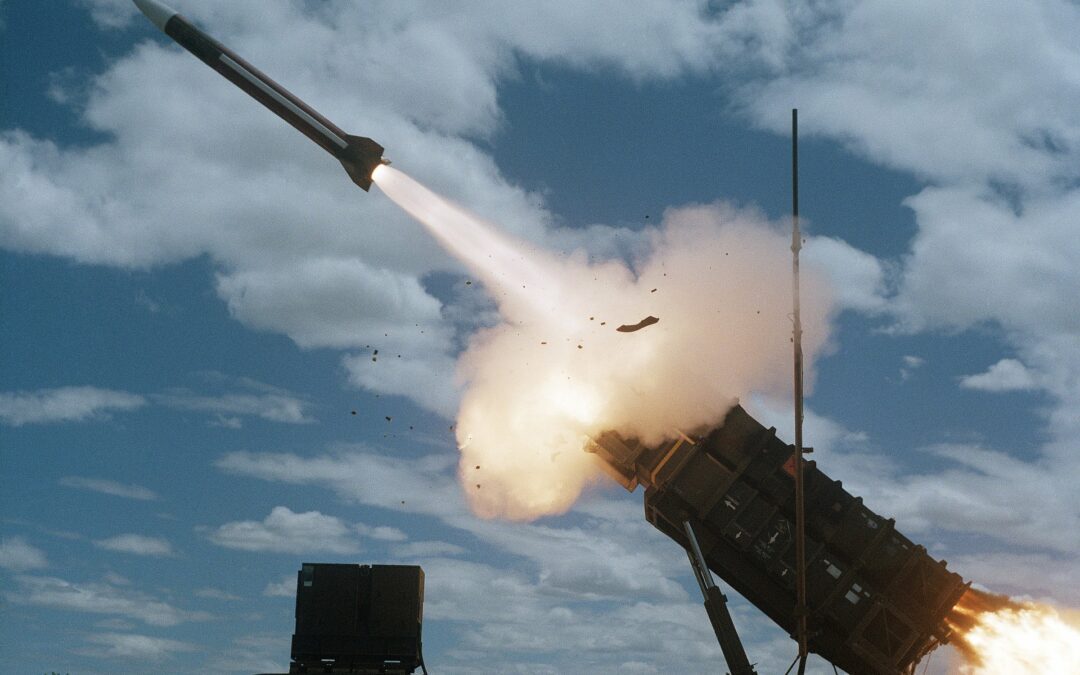Feature image supplied: Pixabay
Since Russia invaded Ukraine in February, many countries provided support to Ukraine’s defence by sending weapons and other kinds of military support.
Many of the donor countries are NATO members and have sent guns, artillery, and armoured vehicles.
Other countries have committed to sending non-lethal military aid such as rations, fuel, and medical supplies instead.
The United States of America is by far the greatest source of military support for Ukraine.
Recently, the U.S. Department of Defence authorized a Presidential Drawdown of military assistance worth around $700 million, bringing the total value of their military support to $5.3 billion.
This new package includes High Mobility Artillery Rocket Systems and ammunition, five counter-artillery radars, two air surveillance radars, four Mi-17 helicopters and more.
The U.S. previously supplied lethal aid such as: 72 M777 Howitzers, which are towable artillery pieces capable of firing 155mm projectiles from up-to 21 kilometres away.
Laser-guided missile systems and a variety of drones such as: Switchblade, Puma, and Counter-Unmannered Aerial Systems, which can be launched from a tube, and flown to a target area.
These drones crash into targets, typically vehicles, while detonating an explosive warhead.
Anti-armour systems, several thousand rifles and various munitions; more than 50 million rounds of ammunition.
1,400 Stinger and 5,000 Javelin missiles, which are hand-held missile systems that can destroy air and ground vehicles respectively with minimal operational training.
On-top of the $5.3 billion that the U.S. has already spent, President Joe Biden has signed legislation to support Ukraine with another $40 billion dollars of aid in late May.
Arms researcher and defence policy analyst at the Cato Institute, Jordan Cohen, says that lethal aid allows the U.S. to get involved without sending troops.
“Politically, it looks good for Biden, but it also does not require him to put U.S. citizens at risk. From a security standpoint, this signals that the U.S. is willing to fight other great powers in a variety of ways. It signals U.S. commitment to allies and non-allies,” he said.
Lecturer in history and politics with expertise in Russian history, Stephen Brown, says that the U.S. is treating the conflict as another proxy war.
“The American strategy is to wear down the Russians economically and militarily. It will take time if it does ever work,” he said.
“The lesson of World War Two is that Russia gets stronger the longer the war goes. They are prepared to pay a massive cost for victory. Putin is betting that the West does not have the stomach for a long fight.
“Putin has decided that he needs a legacy. That was why he started the war with a history lesson about why Ukraine is not a real country. This is what makes the whole thing so dangerous,” said Brown.
Many European nations are also committed in sending lethal aid to Ukraine.
Countries such as Italy, Germany, Lithuania, Netherlands, and Estonia have all provided either Stinger or Javelin missile systems to Ukraine as well.
The United Kingdom has sent Ukraine a variety of military supplies, such as:
Stormer armoured vehicles capable of firing starstreak high velocity anti-aircraft missiles at enemy planes.
10,000 short-range and anti-tank missiles like NLAWS and Javelins.
Saxon armoured vehicles, that are capable of providing protected mobility to Ukrainian troops and can carry up-to 8 men and a driver.
Starstreak air defence systems, which are handheld portable air-defence systems capable of reaching speeds more than Mach 3 – as well as loitering munitions, radar, and heavy lift drones.
Total military aid from the UK totals at around $500 million, and the state has recently announced a new £1.3bn military support plan for Ukraine.
The European Union has supplied Ukraine with €2 billion of military supplies, which includes air-defence systems, anti-tank weapons and ammunitions.
It is unclear if aid from the United States and Europe will be enough to repel Russian forces indefinitely.
Cohen says current lethal aid will eventually become obsolete.
“As the violence in the war increases, weapons like Javelins and Stingers cannot fight the long-range battle,” he said.
Lethal military aid is vital for the defence of Ukraine, but some countries are only committing to non-lethal aid.
Lethal aid like weapons, ammunition and armoured vehicles, whilst non-lethal includes items like medical supplies, communications equipment and rations.
Ireland supplied Ukraine with 200 units of body armour, medical supplies, fuel, and other non-lethal aid. Similarly, Japan has supplied bulletproof vests and helmets.
Countries like Spain supplied 1,370 anti-tank grenade launchers, 700,000 rifle and machine-gun rounds, and light machine guns, 20 tons of medical supplies, defensive, and personal protective equipment composing of helmets, flak jackets, and NBC (nuclear-biological-chemical) protection waistcoats.

